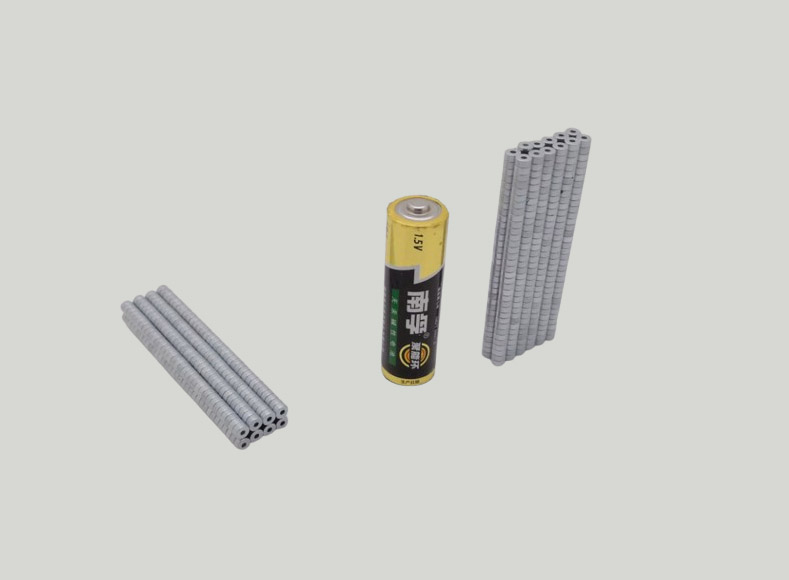Whether it is domestic or overseas, more and more customers inquiring about small ring magnets, and there are many questions that come along with it, the following small Fu organized the following 10 common questions about small ring magnets, I hope it will help you.
Picture of 3.6mm OD mini small ring rare earth neodymium magnets

Q1: What material are small ring magnets usually made of?
Mainly neodymium-iron-boron, the most commonly used, due to the small size, the magnetic performance level is generally selected above the N40 level, N52 more customers choose. Next is samarium cobalt and ferrite, samarium cobalt is mainly used for high temperature and corrosion resistant environment, the cost sensitivity does not need too strong magnetic can choose this.
Q2: What is the common size range of small ring magnets?
The common outer diameter (OD) is usually between 2mm ~ 8mm, the inner diameter (ID) can be as small as 0.5mm, and the thickness is around 0.5mm ~ 2mm. It can also be customized according to requirements.
Q3: Is it easy to demagnetize a small ring magnet?
Depends on the material and performance grade, NdFeB common grade >80℃ or severe impact will lead to demagnetization. If you need temperature resistance, you can choose H, SH or higher grade.
For those who don't know about temperature resistance of permanent magnets, check out the article List of high temperature resistance permanent magnets
Q4: How is the direction of the magnetic field of a small ring magnet determined?
It mainly depends on your application, generally there is much axial magnetization, also called thickness magnetization, with N/S poles on the top and bottom surfaces. Some special applications will choose radial magnetization, strong side magnetization, commonly used in rotors and magnetic encoders.
Q5: Are small ring magnets easy to break?
It is relatively easy, the thickness of small ring magnets is usually thin and easy to break during installation or transportation, so it needs to be handled carefully.
Q6: How much temperature can small ring magnets withstand?
The temperature resistance of ordinary neodymium iron boron is about 80 ℃; High temperature models such as N35SH and N35UH can withstand temperatures up to 150 ℃~180 ℃; Ferrite can withstand temperatures up to 250 ℃, while samarium cobalt can withstand temperatures above 350 ℃.
Q7: How do I stack multiple small ring magnets together for use?
Make sure the magnetic poles are oriented in the same direction (stacking with the same poles will repel). Stacking needs to be centered to avoid slipping or separation due to uneven magnetic force.
Q8: What are the typical applications of small ring magnets?
Motor rotors, inductive switches/sensors, toy assembly, model design, magnetic connection in electronic devices, positioning magnets in medical devices.
Q9: Can small ring magnets be drilled or cut?
Do-it-yourself machining is not recommended. Magnetic materials such as NdFeB are highly brittle and easy to break or demagnetize. Professional tools and craftsmanship are required.
Q10: How to mount the small ring magnet on plastic or metal parts?
Glue fixing (e.g. AB glue, epoxy glue) is commonly used. Some others will choose embedding or mechanical fixing, adding 3M backing and so on.
The above is a list of common problems of small ring magnets, if you need to buy small ring magnets in bulk, ultra-small ring magnets are welcome to contact us for a quote.
Small ring magnet processing case;
Isotropic ferrite radial 2-pole small magnetic ring 5.7x2.2x1.8mm
Small Round Disc Magnet with Hole OD 1.8mm x H 0.8mm N52
Ultra thin strong magnets radial ring 6.5mm x 3.5mm x 0.5 mm
 China Neodymium And Ferrite Magnets Manufacturer & Supplier
China Neodymium And Ferrite Magnets Manufacturer & Supplier 


